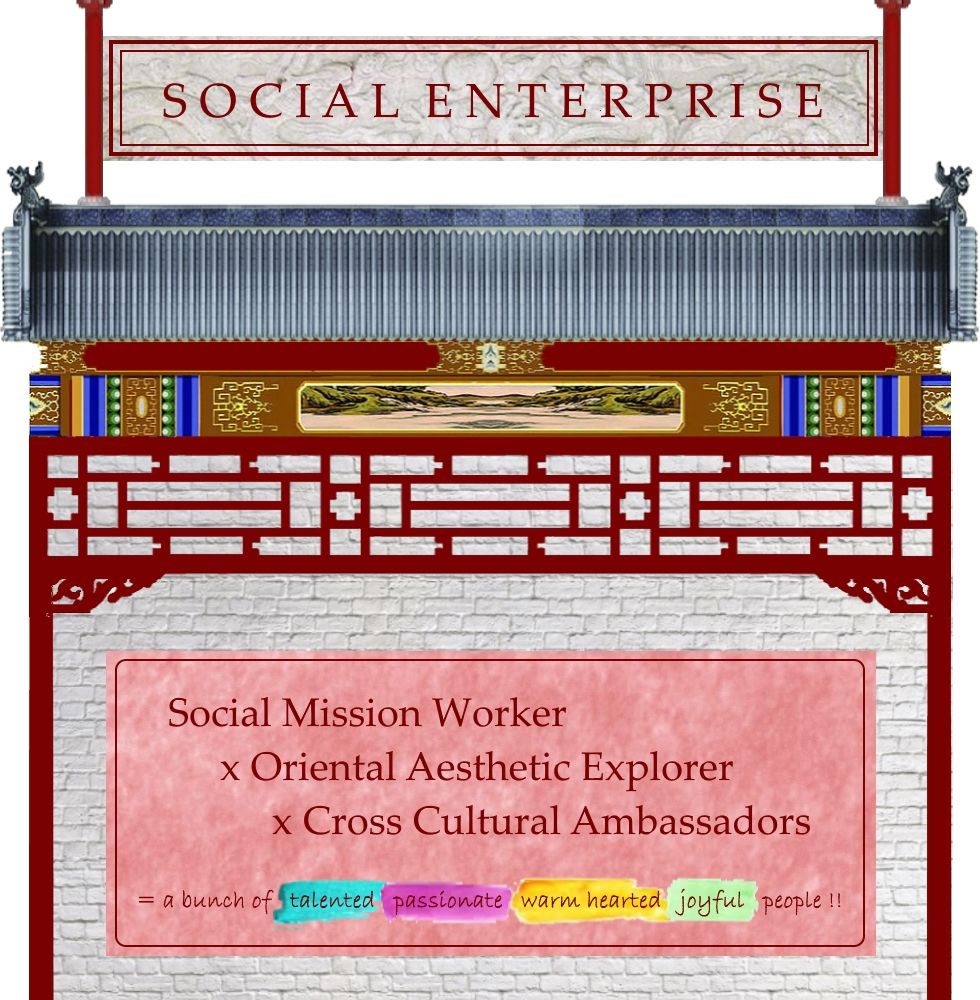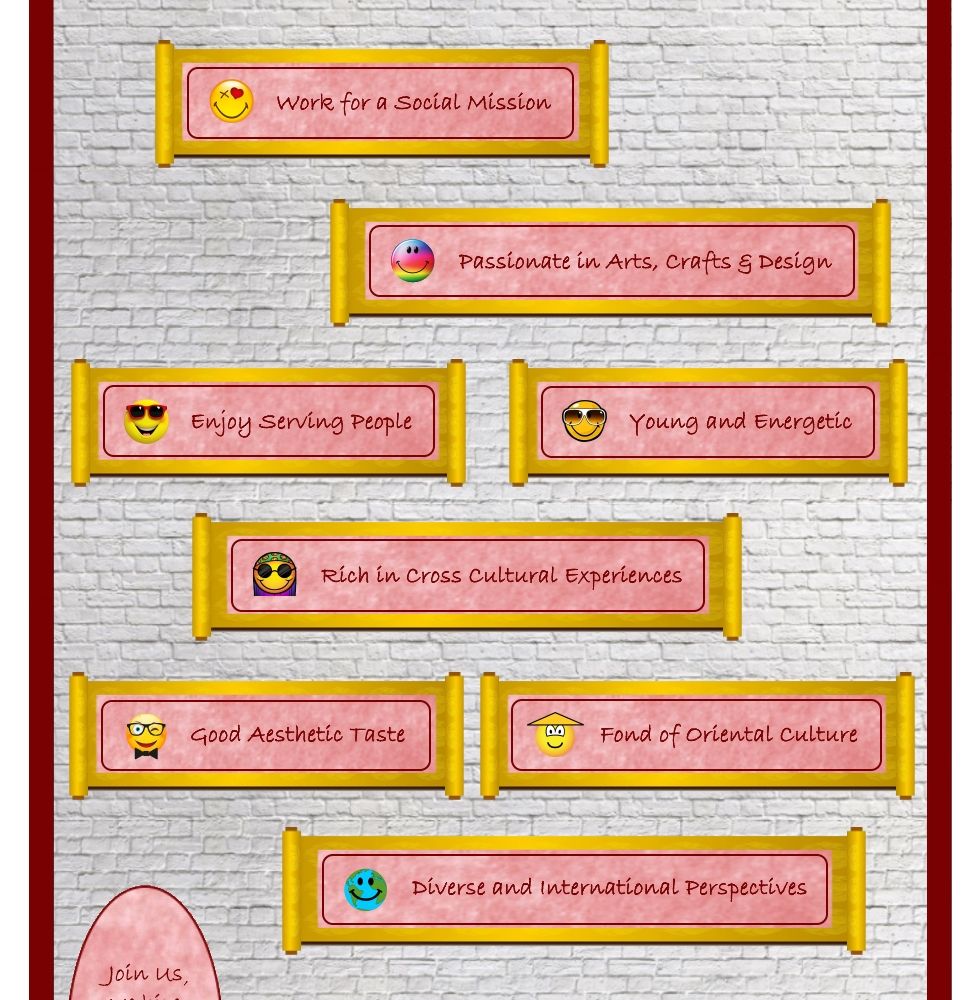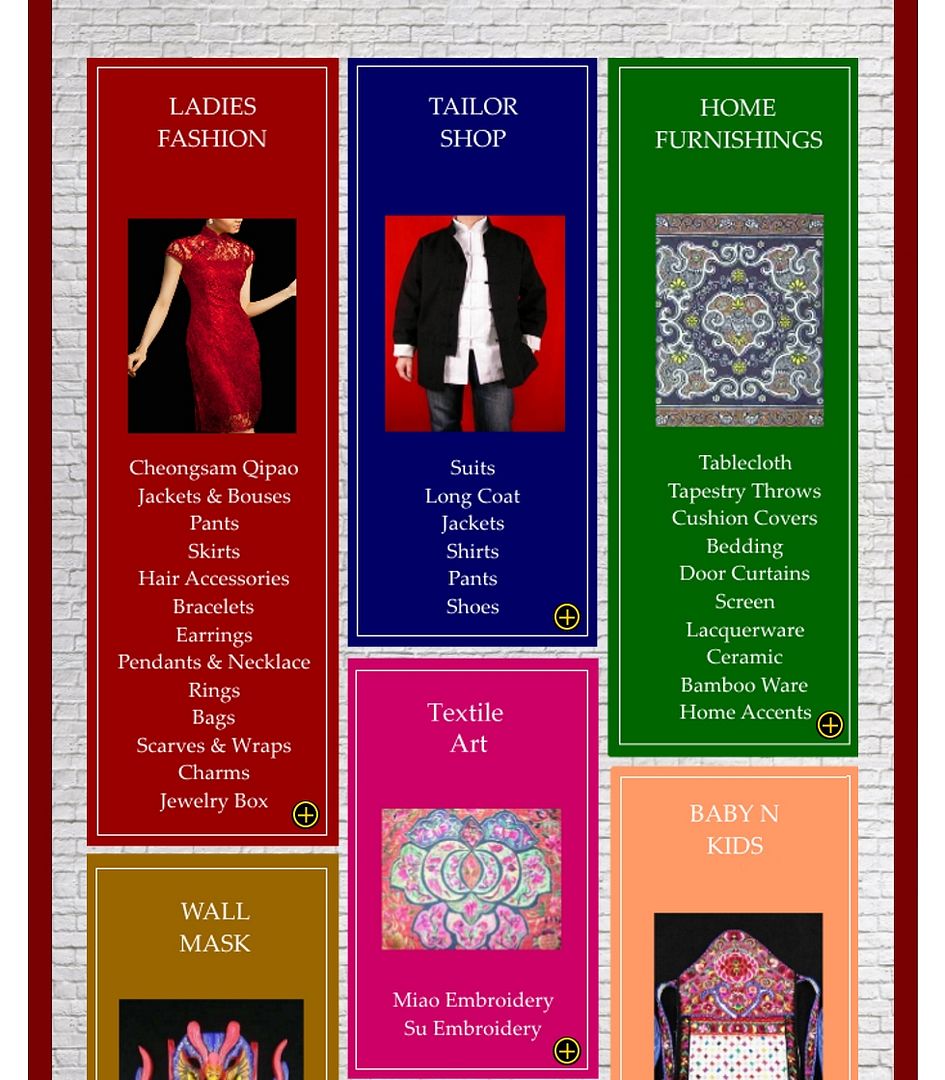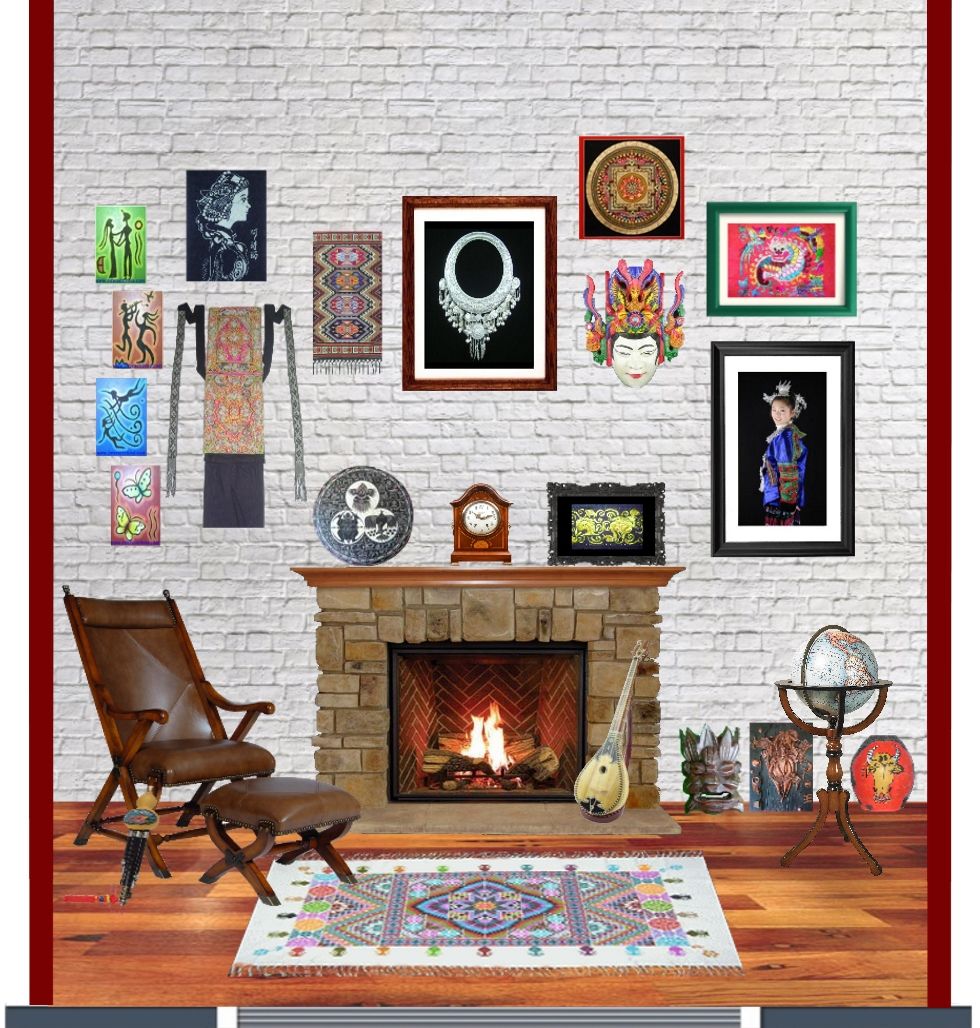How to Choose A Martial Art
7th Jun 2017
- Set a budget. Some arts require a significant investment in equipment. There’s no point in getting interested in something you ultimately can’t afford to do.
- Determine your ultimate objective. The four major categories are usually as follows. (a) Health & Fitness with martial efficacy as a subordinate benefit. (b) Martial skill as the primary concern with a nice side dish of discipline and health & fitness. (c) Being part of a heritage and cultural tradition stretching back hundreds or thousands (depending on the art) of years. (d) Winning trophies in sporting events.



- Decide on a martial arts style. You might choose a hard style, such as Muay Thai (Thailand) or Western Boxing, a semi-hard style such as Tae Kwon Do or Hapkido (Korea), a soft style traditional art, such as Aikido (Japan) or one of the many Kung Fu styles (China), or a grappling/ground fighting art, such as Jiu Jitsu (Brazil/ Japan) and Western Martial Arts (Europe). Do you want to compete one-on-one in the ring with opponents who use the same style as you, or study the traditions of a particular culture’s martial art, or learn to defend yourself against real-life attackers on the street? The training methods are vastly different, and most martial arts schools focus on one aspect.


- Recognize your physical limitations. If you are older or not very acrobatic, Wushu (China) probably isn’t for you, but Tai Chi (China) might suit you nicely. Furthermore, recognize that striking martial arts like Karate or Taekwondo may or may not be well-suited for smaller physiques.
- Consider your cultural interests. If you have a respect for or interest in a certain culture, learning more through one of their martial arts can be a great experience. If that is part of your goal, choose a school taught by a native of that culture, or someone who trained directly under someone of that culture.
- Consider the effectiveness of the martial art as well. For example, a modern martial art such as Krav Maga (Israeli), reconstructed Western Martial Arts such as ARMA or the AES (European) or classes led by experienced soldiers or police officers will place a greater emphasis on the “martial” aspect rather than the “art.” This is not to say that traditional Asian arts are less important; it may take longer to learn basic self defense this way as many Eastern arts are about developing more than just basic self-defense skills.
by Xiao Xiao xiaoxiao@interactchina.com
About Interact China
-----------------------------------------------------------------------------------------------------------------------------
"A Social Enterprise in E-commerce Promoting Oriental Aesthetic Worldwide"
Aileen & Norman co-founded Interact China in 2004 with specialization in fine Oriental Aesthetic products handmade by ethnic minorities & Han Chinese. Having direct partnerships with artisans, designers, craft masters and tailors, along with 10 years solid experience in e-commerce via InteractChina.com, we position well to bridge talented artisans in the East with the rest of the world, and bring you direct finely selected products that are of good quality and aesthetic taste.
So far we carry 3000+ goods covering Ladies Fashion, Kungfu Clothing, Home Furnishings, Babies & Kids, Painting Arts, Textile Arts, Carving Arts, Tribal Jewelry Art, Wall Masks and Musical Instruments. Our team speak English, French, German, Spanish and Italian, and serve customers worldwide with passion and hearts.
-----------------------------------------------------------------------------------------------------------------------------
P.S. We Need People with Similar Passion to Join Our Blogging Team!
If you have passion to write about Oriental Aesthetic in Fashion, Home Decor, Art & Crafts, Culture, Music, Books, and Charity, please contact us at bloggers@interactchina.com, we would love to hear from you!
























